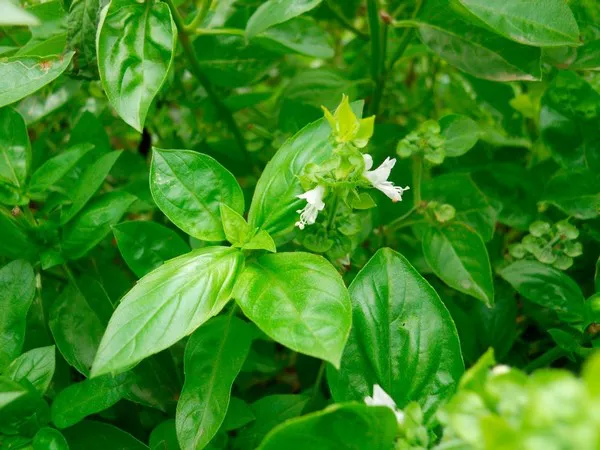Imagine never running out of tea leaves for your favorite brew. While growing coffee indoors may only yield enough beans for a single cup, cultivating tea plants in your garden can supply you with ample leaves to keep your kettle whistling all year long. Whether you prefer white, green, black, or oolong tea, all varieties come from the same plant, with differences arising from specific harvesting methods and post-harvest treatments.
Suitable Varieties and Growing Conditions
Camellia sinensis var. sinensis, a robust shrub originating from China, thrives best in USDA hardiness zones 7 and 8, and can survive winters in zone 6b with adequate protection. For warmer climates in zones 8 and higher, Camellia sinensis var. assamica, which resembles more of a tree, is recommended. Other cultivars may also be suitable depending on local conditions.
These evergreen plants are versatile, growing well in anything from deep shade to full sun, although partial sun or light shade is optimal. They require well-draining soil with a slightly acidic pH to flourish.
Cultivation and Harvesting
Starting from young plants, it typically takes about two years before you can harvest enough leaves for brewing. By the fifth year, a single plant can produce a sufficient quantity for a moderate tea drinker. For those needing more, planting additional specimens ensures a steady supply.
Harvesting practices vary depending on the type of tea desired:
White Tea: Pluck the buds from each stem tip before they fully open. Heat them gently in a pan over low heat for about 10 minutes, then cool and store.
Green, Black, and Oolong Tea: Every 10 to 12 days, harvest two or three of the youngest leaves from each stem along with the leaf bud from the tip. The subsequent processing steps differ for each type:
Green Tea:
Steam the leaves briefly over boiling water, then allow them to sit on a dish towel for 5 minutes. Gently roll the leaves in the towel to remove excess moisture, then dehydrate them in an oven or toaster oven set at 300°F for 10-15 minutes. Store in an airtight container once cooled.
Oolong Tea:
Spread the leaves on a tray in a sunny spot to wilt for 30-60 minutes, then move them to the shade and toss hourly for 8-10 hours. Cook the leaves gently over low heat for 15 minutes in a wide pan, ensuring they do not scorch. Once cooled, roll each leaf individually to preserve flavor, then allow them to dry completely before storage.
Black Tea:
Lay the leaves on a baking sheet in direct sunlight for 10-12 hours until they lose 50% to 75% of their moisture. Cut into strips and roll into balls, fermenting them in a humid, warm room until they turn coppery-black. Finish drying in an oven set at 200°F for 5 minutes, then reduce heat to 140°F and continue drying for an additional hour. Cool thoroughly before storing.
By integrating tea plants into your garden, you not only ensure a steady supply of fresh, homegrown tea but also add a unique and rewarding dimension to your backyard harvest. Whether you are a seasoned gardener or just starting out, the satisfaction of brewing your own tea from garden to cup is an experience worth cultivating.


